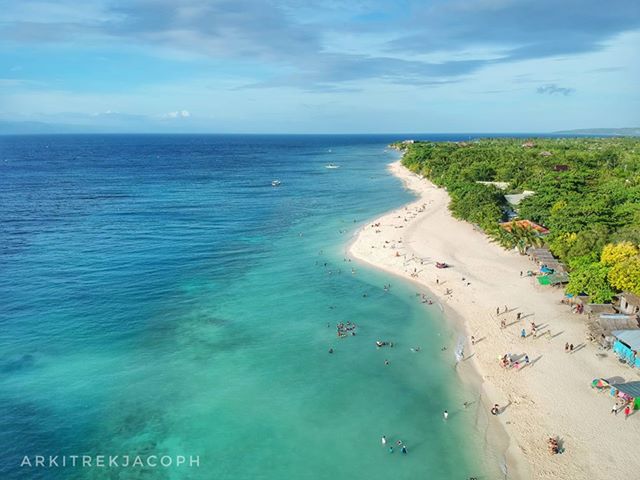
Despite the closure of Boracay last year, the increasing number of foreign and local tourists visiting the different parts of the archipelago only proves how beautiful the Philippines is. With millions of visitors around the county, there’s no doubt, it’s more fun in the Philippines. But how long can we keep this ‘state of fun’?
The active marketing promotion, creation of new air routes, and investments done for tourism in the Philippines brought millions of tourists’ arrivals last year. In Central Visayas alone, DOT Regional Director Shalimar Hofer Tamano, shared that a total of 3,643,295 foreign tourists came in the respective provinces of the region – Cebu (2,805,115), Bohol (646,082), Negros Oriental (116,310), and Siquijor (66,788) – and a total of 4,456, 051 local visitors. This remarkable figure of 8M+ tourist arrivals brought in 44.2 billion earnings (as stipulated on tourism receipts) with cities of Cebu, Lapu-lapu, Dumaguete, Tagbilaran, and Mandaue as top destinations.
However, this progress can come with a price. The influx of customers visiting the white sand island beaches, natural wonders, and historical landscapes of the country, posts a threat on overconsumption and destruction of resources, pollution, pressure on endangered species, and waste management.
This year, the Department of Tourism relaunched the theme “It’s more Fun in the Philippines” which has been used as an official tagline of the country years back. DOT Secretary Bernadette Romulo-Puyat shared that there’s no reason to change the powerful tagline, as millions have already affirmed such claim. With the success of the campaign, the DOT secretary believes that the tagline should be sustained to see the continuity on the stories shared by local and foreign tourists. Moreover, considering the impacts of tourism to the local environment and cultural heritage of the country, this year, DOT aims to advocate a more environmentally conscious promotional campaign in order to impart the “fun” to the upcoming generation. Some ways to do this include strengthening the eco-tourism of the country, focusing on “high-value tourism” rather than “mass tourism”, partnering with social media influencers and users for promotion instead of hiring agencies for marketing, and donating the budget for such to the World Wide Fund for Nature.
Surely, tourism has opened doors for the development of the local communities and growth of the country’s economy but in order to sustain this momentum, we have to work as a nation in building a more environmental-friendly community and contribute to the preservation of the integrity of creation in order to pass on this “fun” to the generations to come.